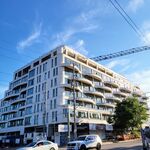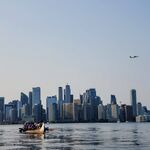lenaitch
Senior Member
Sure.
I didn't know "coutrycentric" was a word.
One problem with disrupting regional/county governance in growth or sprawl areas in favour of stronger lower tier or standalone municipalities is it has the potential to disrupt wider range planning of zoning, infrastructure, etc. It likely would have been much harder to develop and fund the York-Durham's 'Big Pipe' sanitary trunk if it had to involve multiple smaller fiefdoms. One concern is the province may see this are its role.
Perhaps eliminating the senior tier level in more stable areas such as Renfrew and Lennox & Addington or Perth might be less disruptive.
I didn't know "coutrycentric" was a word.
One problem with disrupting regional/county governance in growth or sprawl areas in favour of stronger lower tier or standalone municipalities is it has the potential to disrupt wider range planning of zoning, infrastructure, etc. It likely would have been much harder to develop and fund the York-Durham's 'Big Pipe' sanitary trunk if it had to involve multiple smaller fiefdoms. One concern is the province may see this are its role.
Perhaps eliminating the senior tier level in more stable areas such as Renfrew and Lennox & Addington or Perth might be less disruptive.






